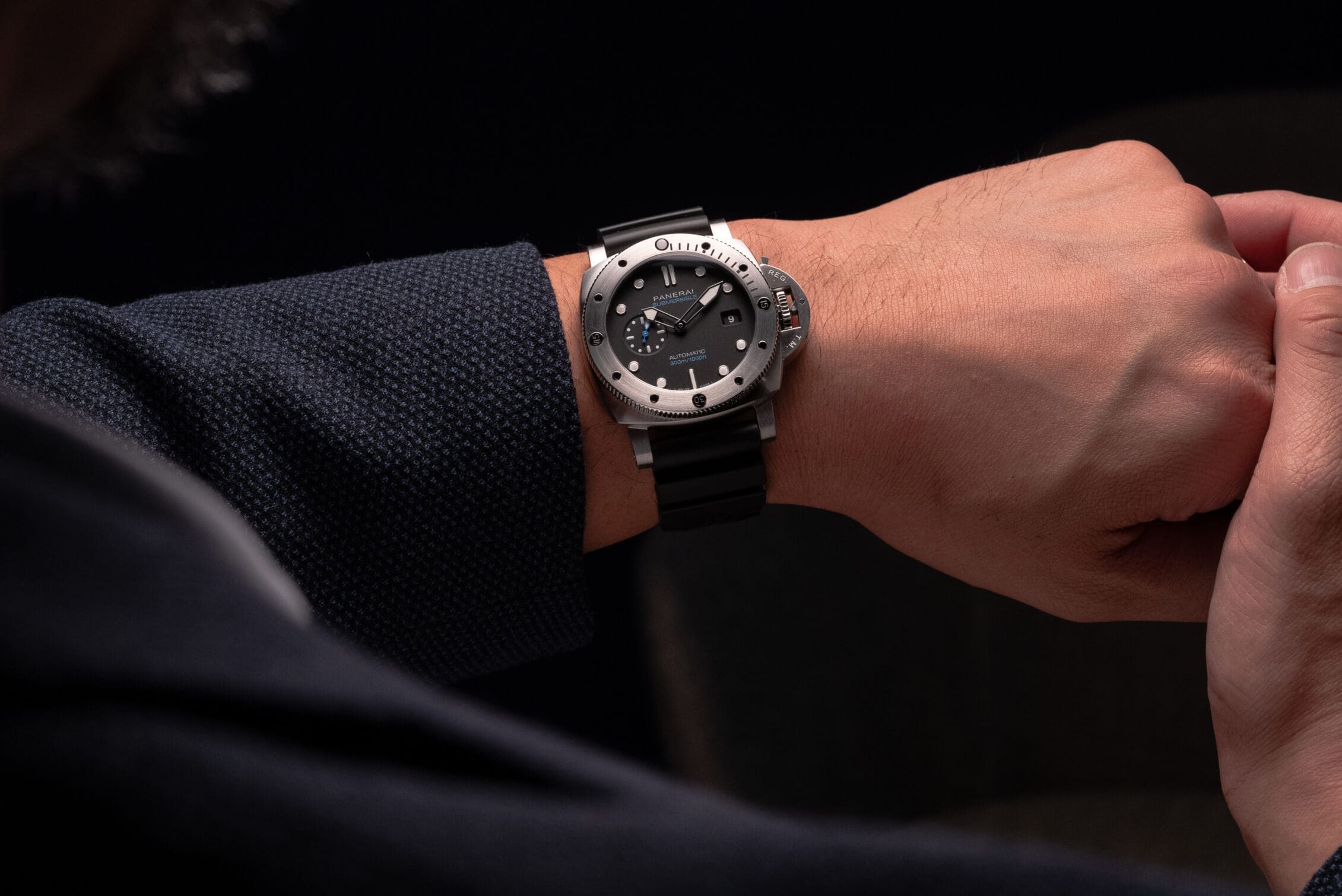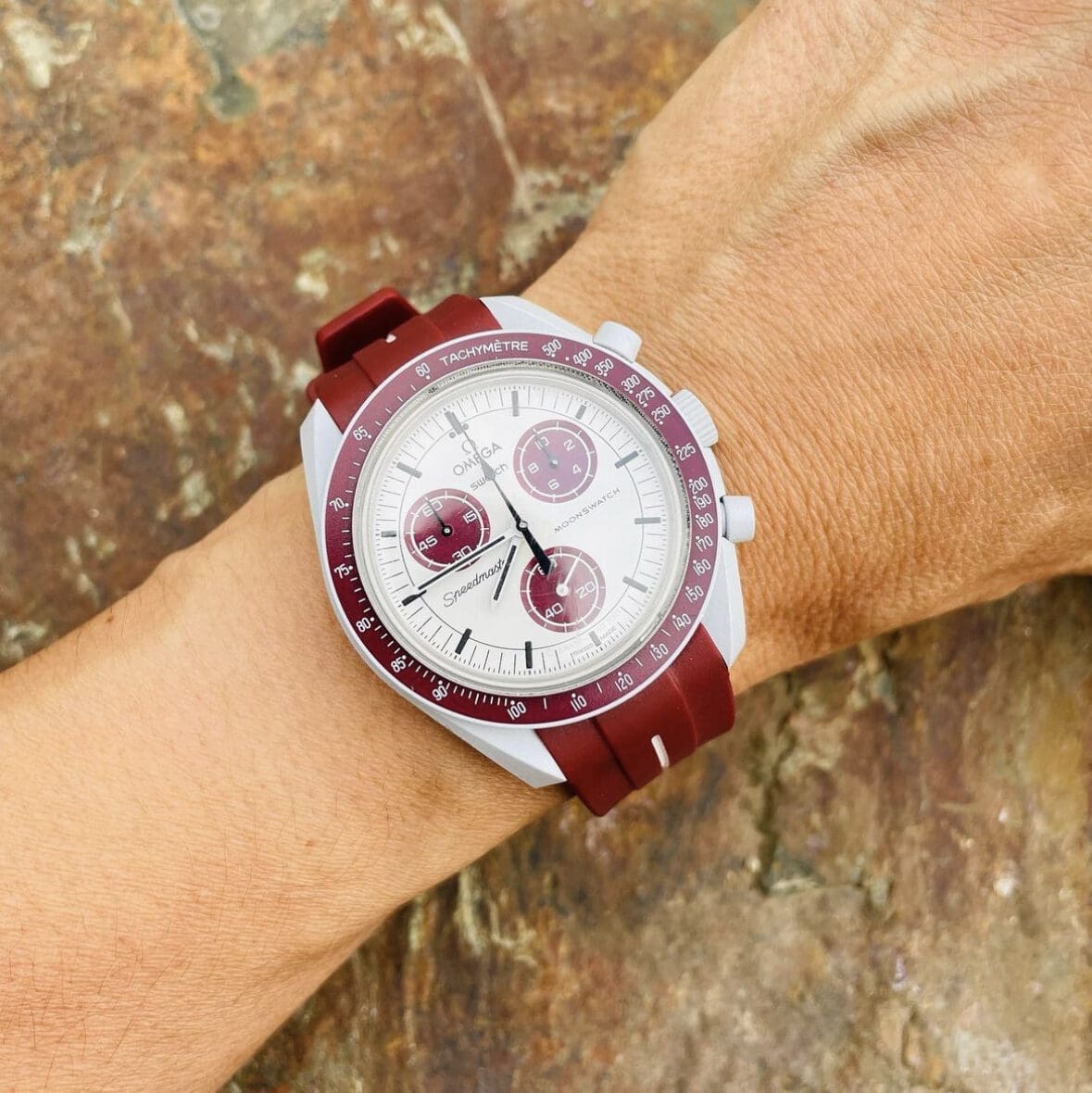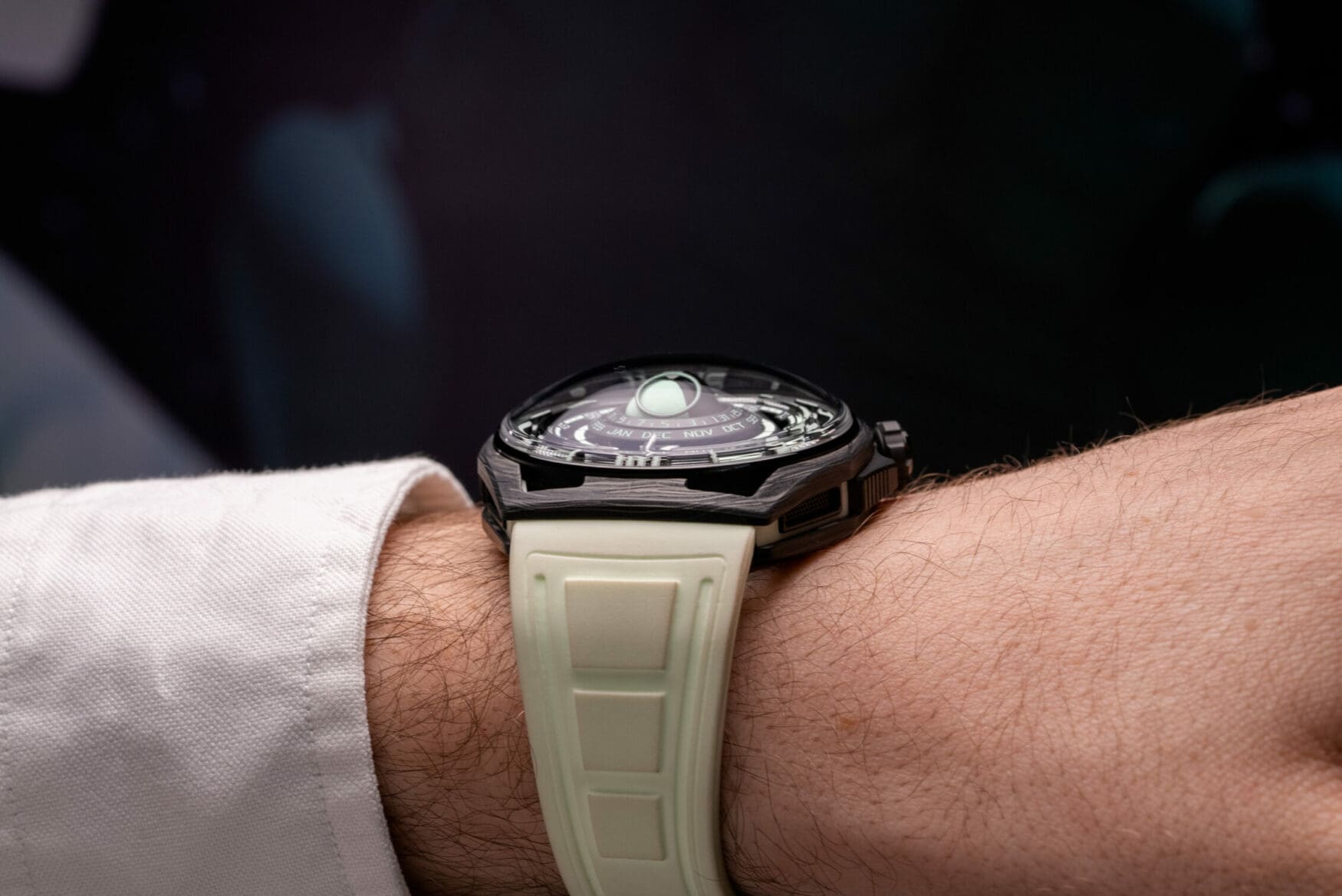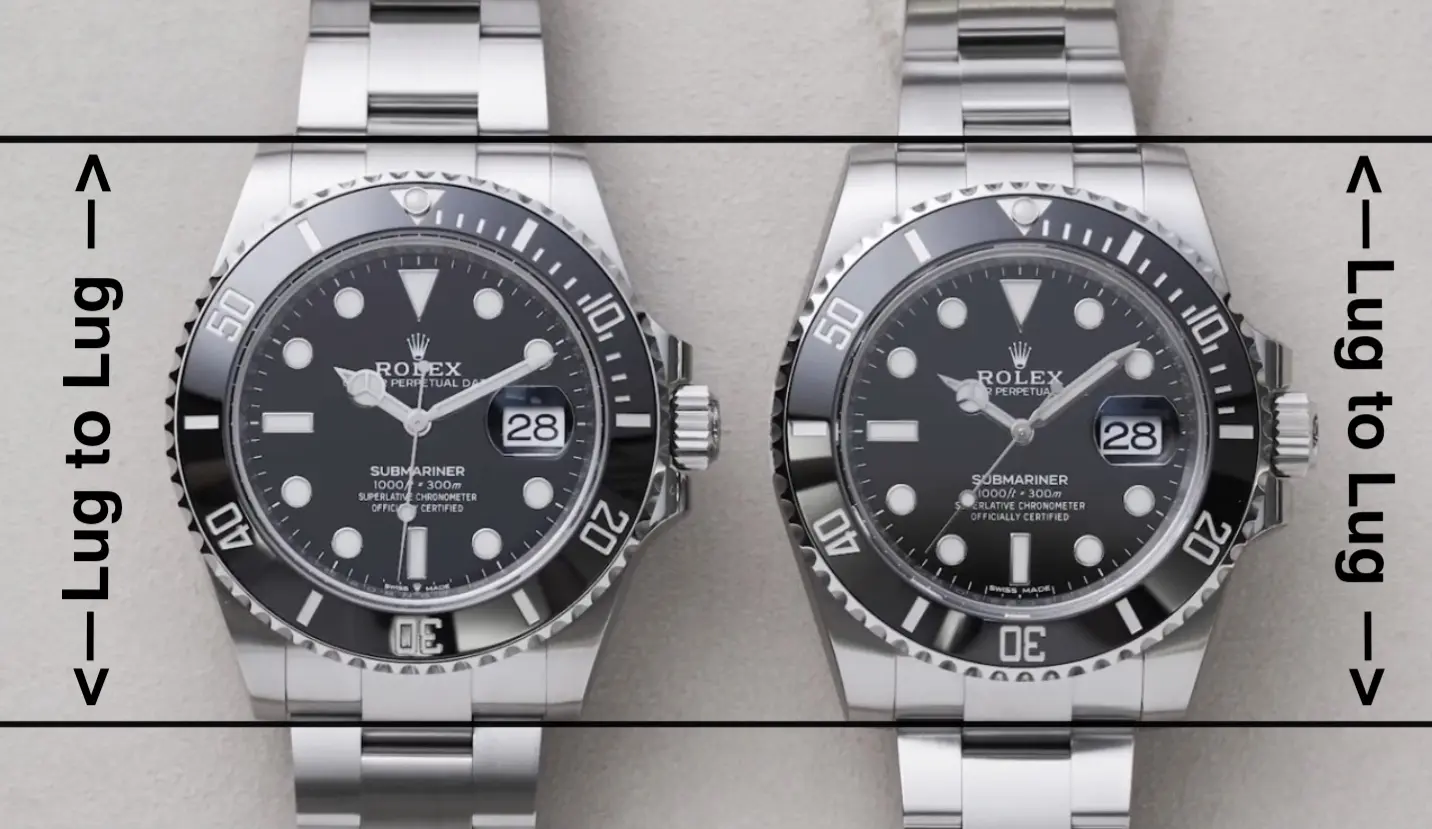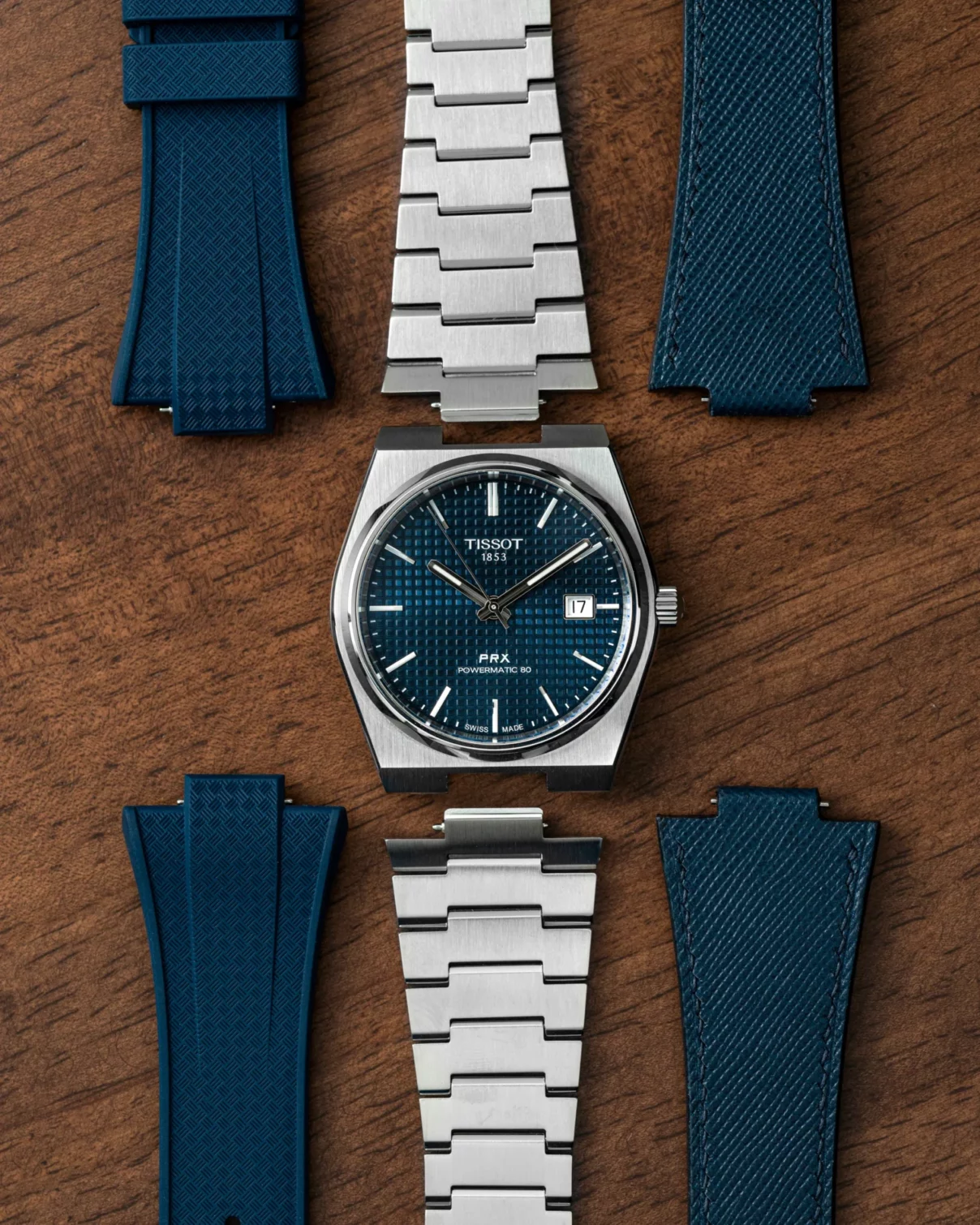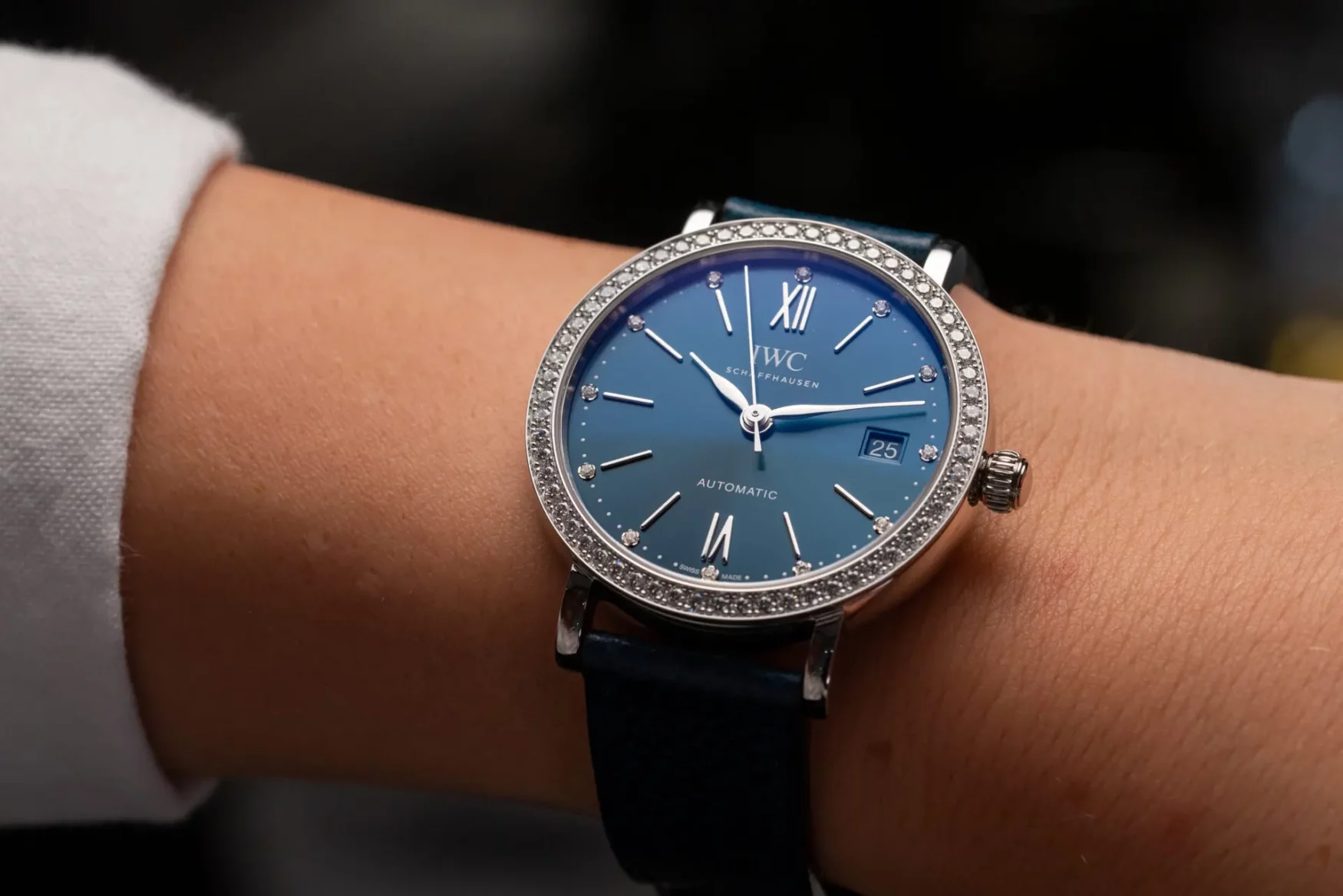Big Watches, Small Wrists Part 1: Rules of Engagement
Kylie Lloyd-WyattEditor’s note: Zach has long carried the torch for the #tinywristtribe, advocating on behalf of all watch lovers with smaller wrists. But today the torch is passed to the latest contributor to join our team, Kylie Lloyd-Wyatt. She is equally enthusiastic about finding watches that best suit a smaller wrist, but, rather than shy away from larger watches, Kylie has penned a series, a field guide if you will, for how smaller-wristed collectors can approach and navigate larger watch options more safely. Part one of Big Watches, Small Wrists below sets the stage, stay tuned for more.
Big Watches, Small Wrists Part 1
Hello watch friends. If you’re a regular T+T fan it’s nice to meet you. If not, chances are you’ve stumbled across this article with one question in mind: how do I make that beautiful behemoth watch fit my tiny wrist? Well, whether girl or guy, as a fellow wrist petite you’ve come to the right place. I know the feeling of looking at a Panerai through the window only to watch it flop about my wrist with the finesse and comfort of a brick. In a world of large-wristed prowess and an industry traditionally designed to cater for it, with lots of trial and error and a bit of know-how I’ve come to discover various work-arounds to get those big-watch feels without the FOMO. So, in this series of articles I will be identifying lusty large timepieces and their petite friendly versions to help you get that sized-up yet comfortable vibe you’re after. But, before we get stuck into specific watches, let’s talk small-wristed rules of engagement when shopping for a large watch. Armed with these concepts, you’ll be able to narrow down your options more effectively.
Cases
Case size is the first number that most watch buyers consider, but it’s just the tip of the iceberg in understanding how a watch might fit. Case size, however, does give you some indication of wearability. For example, it’s pretty unlikely that a 45mm case is going to fit like a glove on my 5 ¼ inch wrist unless it has little to no lugs. In contrast the “Goldilocks” 37mm case will probably fit most wrists relatively well. The shape of a case also changes how a watch might wear. A seemingly small rectangular watch might wear larger than the dimensions would suggest, especially if the case is flat and long. Cushion or square cases almost always wear larger too, simply because the takes up more real estate on your wrist than a circle does… Pythagoras knows what I’m talking about! Also, a case with a downward curve will tend to hug a smaller wrist making a larger watch sit more comfortably.
Thickness
Case thickness is the next dimension to consider. Thickness creates a presence and heft on the wrist that imparts a feeling of prowess to the wearer. To the viewer, it creates a rugged devil-may-care, do-anything vibe, you know, the sort that Bear Grylls, Maverick and Captain America can get behind. But thickness can also significantly change the way a watch wears.
Let’s talk physics for a moment. The centre of gravity is the centre point of a mass, in this case the watch case! A thinner watch’s centre of gravity sits closer to the wrist than a thicker watch. If we were to hang out like statues with our watches balanced perfectly on horizontal wrists then the effect of centre of gravity would be negligible. But short of being one of those still-life performance artists, our bodies and their attached watches are in near constant motion and this is where thickness becomes relevant to wearing experience. A thinner watch has less mass above the centre of gravity than a thicker one, so is less likely to topple. Thinner watches also tend to be lighter, though this is not necessarily a rule. As such, when you move your wrist about a thinner watch will be less likely to slide around, but a thicker “top-heavy” watch will be more likely to drag uncomfortably across your wrist. So why is this less of a factor for larger wrists? Well, put simply, a smaller wrist has less surface area to accommodate a large watch. Don’t worry though, a thick watch is not necessarily a deal breaker. If you’ve fallen in love with a thick beast you can still get that Maverick loving feeling with lightweight materials, NATO straps and design language on your side.
Lugs
Now that we’ve got case dimensions clocked, let’s hit up lugs, those things of delight and beauty that can both make or break the hearts of watch lovers. For the uninitiated, lugs are those bits that protrude off the case of the watch that house the bracelet and their length and shape can significantly change the wearing experience of the watch. This is particularly pertinent for us small-wristed sorts.
Let’s consider lug length first. You’ve chosen a beautiful 38mm Nomos Club Campus because that orange dial is just so fun. 38mm should fit perfectly, but instead it protrudes off the side of your wrist like a precariously parked UFO. (As a quick note, the 36mm Nomos Club Campus is a fabulous option for smaller wrists). In contrast, you roll over to the Rolex boutique who miraculously happen to have a Daytona which you strap on for a test run and despite its larger 40mm case size it hugs your wrist beautifully. So, what gives?
Well, when we do the maths and calculate the lug-to-lug, or the distance from the tip of one lug to the tip of the other, we see that the Club Campus measures in at 48.9mm versus the much more restrained Daytona at 46.5mm. This discrepancy is entirely the result of the long Nomos and comparatively short Rolex lugs, creating a vastly different wearing experiences despite the case sizes. The shape of the lugs also affects how the watch wears. In our above example, the flatter Nomos lugs don’t hug the wrist as much as the more curvaceous Rolex lugs do. In general, a set of downward sloping lugs tend to create a more snug wearing experience for smaller-wristed types getting into larger watch categories.
Bracelet and straps
We all know that bracelets and straps can make, break and even make-over a watch. But, perhaps the bane of the wrist petite’s life is the solid-end-link; that pesky chunk of non-articulating bracelet that protrudes beyond the end of the lugs that hold it. This is particularly common in integrated designs. Here you are, pleased with the case size, buoyed by the lug-to-lug only to find that the bracelet end-links add a good 6mm to the overall span of the watch. Sounds pathetic, but it can be heartbreaking when you realise that that 44mm possibility is now a 52mm unlikely, especially when it’s the integrated bracelet design that you love. I’m looking at you 40mm Tissot PRX automatic (and secretly praying for a 35mm automatic waffle dial release sometime soon). Rubber straps can be a saviour and in the case of PRX, Delugs have released some options, but for the most part rubber straps tend to flare out laterally and can be a challenge to reign in if the rubber is thicker or less supple. NATO straps, however, can absolutely make a watch, from turning a behemoth into a wearable option, to adding easily interchangeable and often colourful fun to your collection at seriously cheap prices. NATO straps allow the wearer, in the case of a double pass, to form the strap almost completely to the shape of the wrist using the spring-bars as the point of articulation. This effectively brings the case as close and tight to the wrist as possible, transforming an unapproachable watch monster into a big cuddly wrist bear.
Try it on
Though it’s definitely useful to be armed with the facts and figures when making a serious (and expensive) watch purchase, a guide like this is not a substitute for heading to your AD and trying your horological love interest on in the metal. A watch that looks great in the press shots, Insta snaps and on the spec sheet might wear all wrong on your wrist and could make for an expensive “oops” that a trip to the shops could avoid. You might also find some other watch candy on stock to tickle your fancy if the one you were after ends up being a no-no. Until next time!




